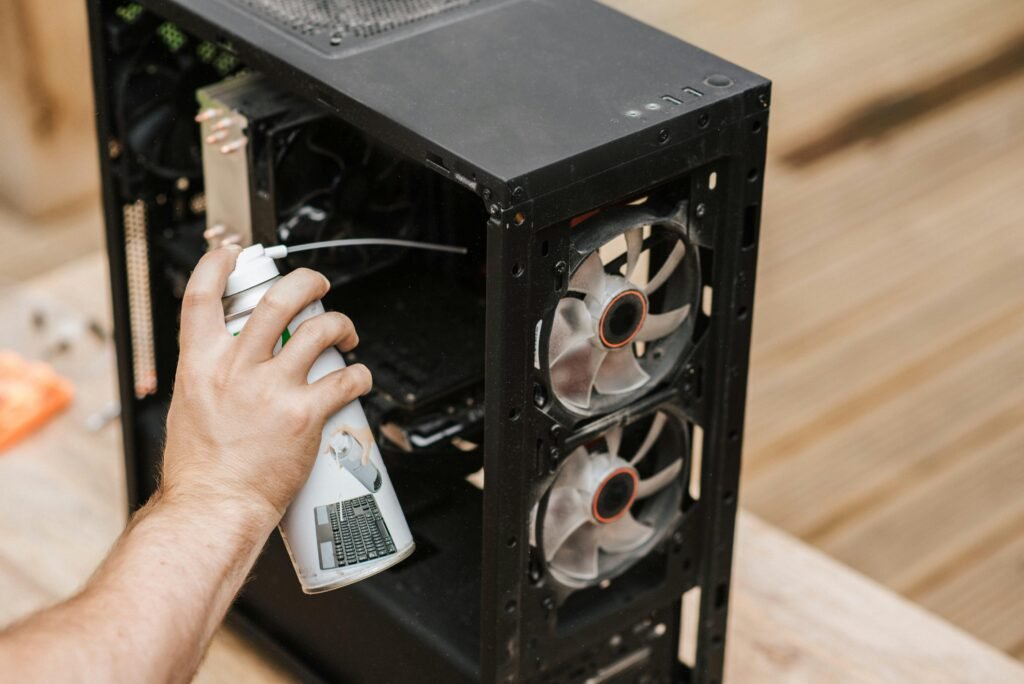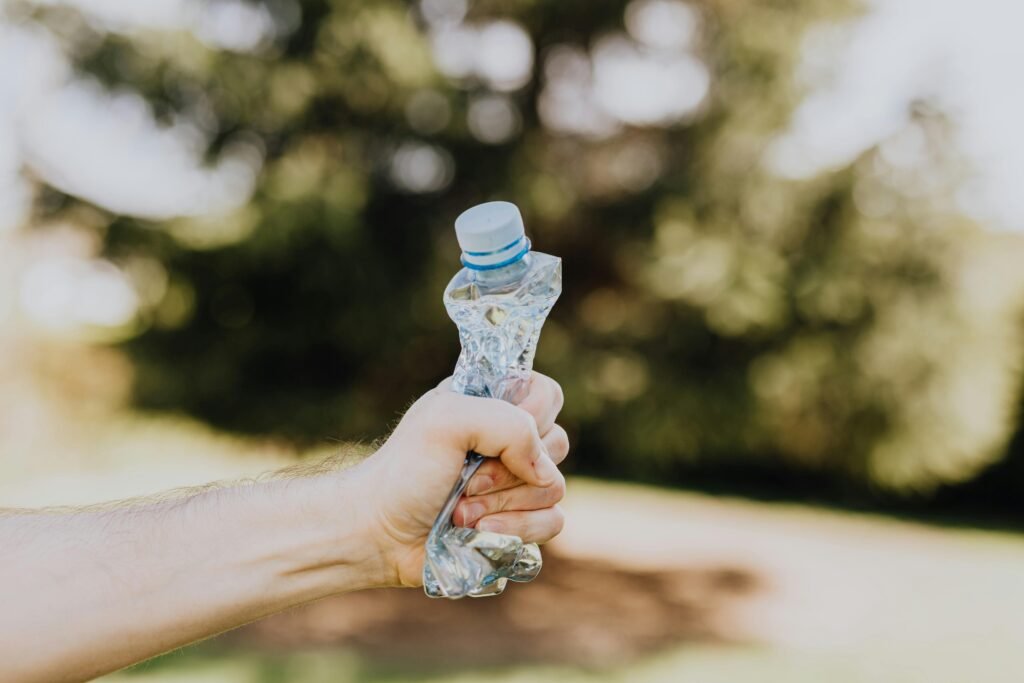Do you ever find yourself feeling fatigued or experiencing swelling in your legs? Well, there’s a simple solution that you may not have considered: high socks. These stylish accessories not only add a touch of flair to your outfit, but they can also improve circulation in your legs, providing you with increased comfort throughout the day. By gently compressing the muscles in your calves, high socks help stimulate blood flow, preventing the build-up of fluid and reducing the risk of swelling and fatigue. Say goodbye to achy legs and hello to improved circulation with high socks!

This image is property of images.pexels.com.
Benefits of High Socks for Circulation
When it comes to improving circulation, high socks can be a game-changer. By understanding the benefits they provide, you can make an informed decision about incorporating them into your daily routine.
Increases blood flow
One of the primary benefits of wearing high socks for circulation is that they increase blood flow. The compression technology used in these socks helps to gently squeeze the leg muscles, promoting better circulation. This improved blood flow delivers much-needed nutrients and oxygen to the muscles and organs, enhancing their overall function.
Prevents blood pooling
Blood pooling occurs when blood accumulates in the lower extremities, causing swelling and discomfort. High socks combat this issue by applying pressure to the legs, which helps to prevent blood from pooling. By keeping the blood moving, these socks can reduce the risk of developing conditions like varicose veins or deep vein thrombosis.
Reduces swelling
Swollen legs and ankles can be bothersome and uncomfortable. High socks are designed to reduce swelling by promoting healthy blood flow and preventing fluid from accumulating in the lower extremities. By wearing these socks, you can provide your legs with the support they need to combat swelling and improve overall comfort.
How High Socks Work to Improve Circulation
Now that we understand the benefits, let’s delve into how high socks actually work to improve circulation.
Compression technology
One of the key features of high socks is their use of compression technology. The socks apply graduated pressure to the leg, with the tightest compression at the ankle and gradually decreasing pressure as the sock goes up the leg. This compression helps to stimulate blood flow and encourages the veins to push blood back up towards the heart, promoting healthy circulation.
Enhances venous return
Venous return refers to the return of blood from the lower extremities back to the heart. High socks work to enhance venous return by assisting the veins in pushing blood against gravity. The graduated compression provided by these socks aids in the upward flow of blood, reducing the risk of blood pooling and promoting better circulation overall.
Supports muscles and joints
Not only do high socks improve blood flow, but they also provide support to the muscles and joints in the lower legs. The compression offered by these socks helps to stabilize the muscles and reduce vibration during movement. This added support can be beneficial for individuals who engage in physical activities that put strain on the legs, such as running or weightlifting.

This image is property of images.pexels.com.
Choosing the Right High Socks for Circulation
To make the most of the benefits high socks offer for circulation, it’s important to choose the right pair that suits your needs. Consider the following factors when selecting high socks:
Consider compression level
High socks come in various compression levels. It’s crucial to choose the right compression level that matches your specific needs. If you’re looking for moderate compression for everyday wear and mild leg discomfort, consider socks with a compression level of 15-20 mmHg. For more severe symptoms or medical conditions, higher compression levels may be recommended, but it’s best to consult with a healthcare professional to determine the appropriate level for you.
Select appropriate length
The length of high socks you choose can also impact their effectiveness. Some options include knee-high socks, over-the-knee socks, and thigh-high socks. Knee-high socks are suitable for general wear and can provide adequate compression for most individuals. Over-the-knee and thigh-high socks offer increased coverage and compression for those who require it, such as individuals with conditions like varicose veins or lymphedema.
Look for moisture-wicking materials
Moisture-wicking materials are essential when choosing high socks for circulation. These fabrics help to pull moisture away from the skin, promoting a dry and comfortable environment for your legs. Look for socks made from materials like nylon, spandex, or polyester, as they are known for their moisture-wicking properties.
Wearing High Socks for Different Activities
Now that you know how to choose the right high socks, let’s explore when and how to wear them for maximum circulation benefits.
During prolonged sitting or standing
If you spend long hours sitting or standing, high socks can be a lifesaver for your circulation. When you sit or stand for extended periods, your blood can pool in the lower extremities, leading to discomfort and swelling. By wearing high socks, you promote healthy blood flow and reduce the risk of blood pooling. Consider wearing them during work hours or whenever you plan to be stationary for a lengthy period.
While traveling
Whether you’re taking a long flight or embarking on a road trip, wearing high socks during travel can help combat the negative effects of prolonged sitting. The cabin pressure on airplanes, combined with limited leg movement, can increase the risk of blood pooling. By wearing high socks, you assist your circulation and reduce the likelihood of developing swelling or discomfort during your journey.
During exercise or physical activity
High socks are not limited to sedentary activities; they can also be incredibly beneficial during exercise or physical activity. When you engage in intense workouts or sports, your muscles produce lactic acid, which can lead to muscle fatigue and soreness. By wearing high socks, you provide support to the muscles and joints, reducing the impact and vibration during movement. This support can aid in muscle recovery and help prevent injuries.

This image is property of images.pexels.com.
High Socks as Prevention and Treatment
In addition to their preventative benefits, high socks can also be used as part of a treatment plan for certain circulatory issues.
For individuals at risk of circulatory issues
If you have a family history of circulatory issues such as deep vein thrombosis or venous insufficiency, wearing high socks as a preventative measure can be valuable. By promoting healthy blood flow and reducing the risk of blood pooling, high socks provide added protection for individuals who may be more susceptible.
For those with varicose veins
Varicose veins are a common circulatory issue that can cause discomfort and cosmetic concerns. Wearing high socks with graduated compression can help alleviate symptoms of varicose veins by supporting the veins and enhancing blood flow. It’s important to note, however, that for severe cases, a healthcare professional may recommend medical-grade compression stockings.
For post-surgery recovery
After certain surgeries, such as those involving the lower extremities, wearing high socks can aid in the recovery process. The compression provided by these socks helps to reduce swelling and promote healthy blood flow, which can expedite healing and improve overall comfort during the recovery period. Always consult with your surgeon or healthcare provider for specific recommendations regarding post-surgical garment use.
Tips for Proper Use and Care of High Socks
To ensure you get the most out of your high socks for circulation, follow these tips for proper use and care:
Ensure proper fit
High socks should fit snugly but not overly tight. Measure your leg circumference and length to determine the appropriate size for your needs. Choosing the right size will ensure that you receive the optimal compression and support necessary for effective circulation improvement.
Put on and take off correctly
Proper technique is essential when putting on and taking off high socks. It’s recommended to put them on in the morning when swelling is minimal, using gentle, even pressure. When removing them, roll them down gradually to avoid any sudden movement that could strain the skin or disturb blood flow.
Follow washing instructions
To maintain the integrity and effectiveness of your high socks, it’s essential to follow the manufacturer’s washing instructions. Most high socks can be machine washed, but it’s best to use a delicate cycle and mild detergent. Avoid using harsh chemicals or bleach, as they can damage the fabric and compromise the compression qualities of the socks.
Potential Risks and Considerations
While high socks can be beneficial for many individuals, there are a few risks and considerations to be aware of:
Consult with a healthcare professional
If you have an existing medical condition or are unsure if high socks are suitable for you, consult with a healthcare professional before use. They can provide personalized advice based on your specific circumstances and guide you towards the most appropriate options for your needs.
Don’t use if you have certain conditions
High socks may not be recommended for individuals with certain conditions, such as peripheral arterial disease or severe diabetes. These conditions can affect circulation, and the use of high socks may exacerbate symptoms or cause additional complications. It’s crucial to consult with a healthcare professional to determine if high socks are safe for you.
Avoid excessively tight socks
While compression is essential for improving circulation, it’s crucial not to wear socks that are excessively tight. Overly tight socks can restrict blood flow and cause discomfort or even skin damage. It’s important to find the right balance between proper compression and comfort.
Other Strategies to Improve Circulation
While high socks can be a valuable tool to improve circulation, there are other strategies you can incorporate into your daily routine:
Engage in regular physical activity
Regular physical activity is one of the most effective ways to improve circulation. Activities such as walking, jogging, swimming, or cycling promote healthy blood flow and strengthen the cardiovascular system. Aim for at least 30 minutes of moderate-intensity exercise most days of the week to reap the benefits.
Elevate legs when sitting or lying down
When sitting or lying down, elevating your legs can help alleviate swelling and discomfort by assisting with blood flow back to the heart. Prop your legs up on a pillow or elevate them above heart level whenever possible to encourage healthy circulation.
Maintain a healthy weight
Excess weight can put additional strain on the cardiovascular system, hindering optimal circulation. By maintaining a healthy weight through a balanced diet and regular exercise, you can support better circulation and overall cardiovascular health.
Conclusion
High socks can serve as a valuable tool in improving circulation and promoting overall leg health. Through their compression technology and graduated pressure, high socks enhance blood flow, prevent pooling, and reduce swelling. By choosing the right pair of high socks and incorporating them into your daily routine, you can support better circulation and enjoy the benefits of improved leg comfort and vitality. Remember to consult with a healthcare professional if you have any concerns or specific medical conditions before using high socks for circulation improvement.
